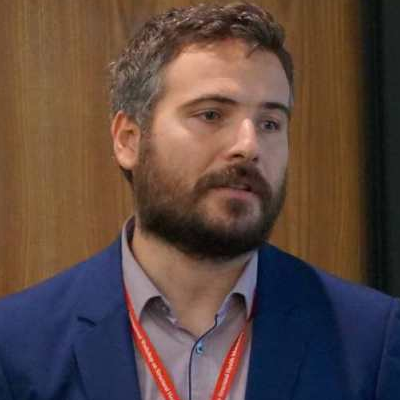Application of Optical Fiber Sensors for Structural Health and Usage Monitoring
A special issue of Sensors (ISSN 1424-8220). This special issue belongs to the section "Optical Sensors".
Deadline for manuscript submissions: 20 July 2024 | Viewed by 17663
Special Issue Editors
Interests: mechanical and thermal measurements; optical fiber sensors; fiber bragg gratings; Brillouin distributed measurements; Raleigh distributed measurements; laser Doppler vibrometry; structural health monitoring
Special Issues, Collections and Topics in MDPI journals
Interests: digital-twin; development and application of statistical and numerical methods for the solution of inverse problems in the context of structural anomaly and structural load identification; inverse FEM; physics-informed machine learning; Bayesian inference and Monte-Carlo methods for model updating; damage prognosis of composite structures; sensor network optimization; active and passive impact monitoring; implementation of multifunctional composite materials with self-sensing and self-heating functions
Special Issues, Collections and Topics in MDPI journals
Interests: AI for structures; prognostics; diagnostics; structural health monitoring; intelligent structures
Special Issues, Collections and Topics in MDPI journals
Special Issue Information
Dear Colleagues,
Optical Fiber Sensors (OFS) have already been employed in a wide variety of Structural Health Monitoring (SHM) applications due to their numerous advantages, such as small size, light weight, immunity to electromagnetic interference, durability and large bandwidth. Nevertheless, as the number of SHM systems grows, new challenges and new opportunities for OFS arise. A large amount of research is currently focusing on the development of novel OFS as well as innovative SHM systems based on OFS networks. Moreover, it is envisioned that OFS combined with the continued rise in the use of Artificial Intelligence (AI) technology and big data, may unlock innovative solutions in the Digital-Twin framework, further contributing to the growing development of SHM techniques and systems.
This Special Issue aims at collecting the latest original and most significant research efforts involving the use of OFS in SHM.
Topics of potential interest include, but are not limited to:
- OFS-based SHM applications in aerospace, civil, energy, and mechanical engineering
- Development and applications of interferometric, grating-based, and distributed OFS for SHM
- Diagnostics and Prognostics based on the use of OFS data
- Machine learning strategies for OFS data processing
- Development of digital twins integrating OFS
Dr. Raffaella Di Sante
Dr. Claudio Sbarufatti
Dr. Dimitrios Zarouchas
Guest Editors
Manuscript Submission Information
Manuscripts should be submitted online at www.mdpi.com by registering and logging in to this website. Once you are registered, click here to go to the submission form. Manuscripts can be submitted until the deadline. All submissions that pass pre-check are peer-reviewed. Accepted papers will be published continuously in the journal (as soon as accepted) and will be listed together on the special issue website. Research articles, review articles as well as short communications are invited. For planned papers, a title and short abstract (about 100 words) can be sent to the Editorial Office for announcement on this website.
Submitted manuscripts should not have been published previously, nor be under consideration for publication elsewhere (except conference proceedings papers). All manuscripts are thoroughly refereed through a single-blind peer-review process. A guide for authors and other relevant information for submission of manuscripts is available on the Instructions for Authors page. Sensors is an international peer-reviewed open access semimonthly journal published by MDPI.
Please visit the Instructions for Authors page before submitting a manuscript. The Article Processing Charge (APC) for publication in this open access journal is 2600 CHF (Swiss Francs). Submitted papers should be well formatted and use good English. Authors may use MDPI's English editing service prior to publication or during author revisions.
Keywords
- optical fiber sensors
- structural health monitoring
- artificial intelligence
- digital twin
- machine learning
- big data
- interferometric sensors
- grating-based sensors
- distributed sensing








